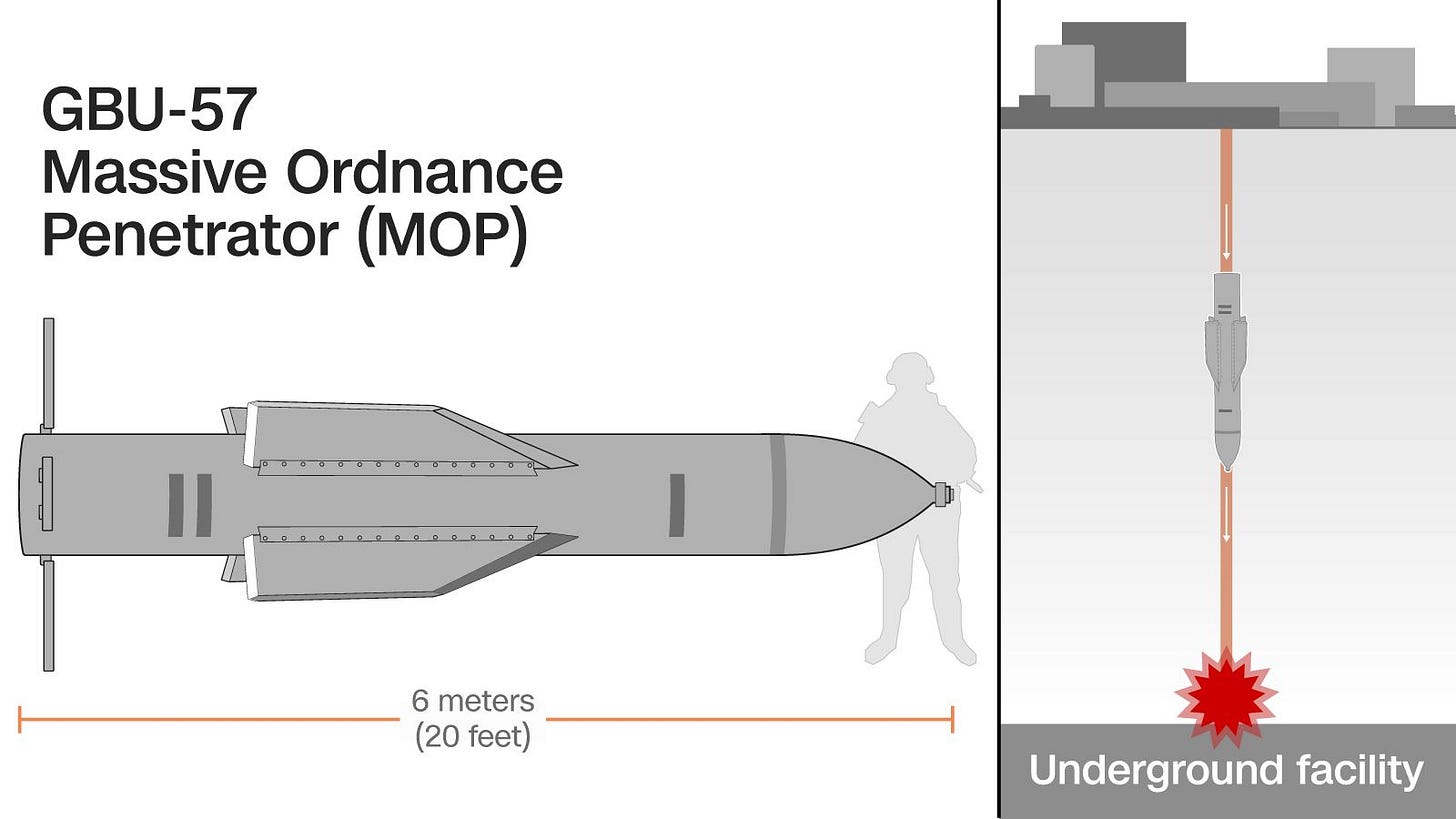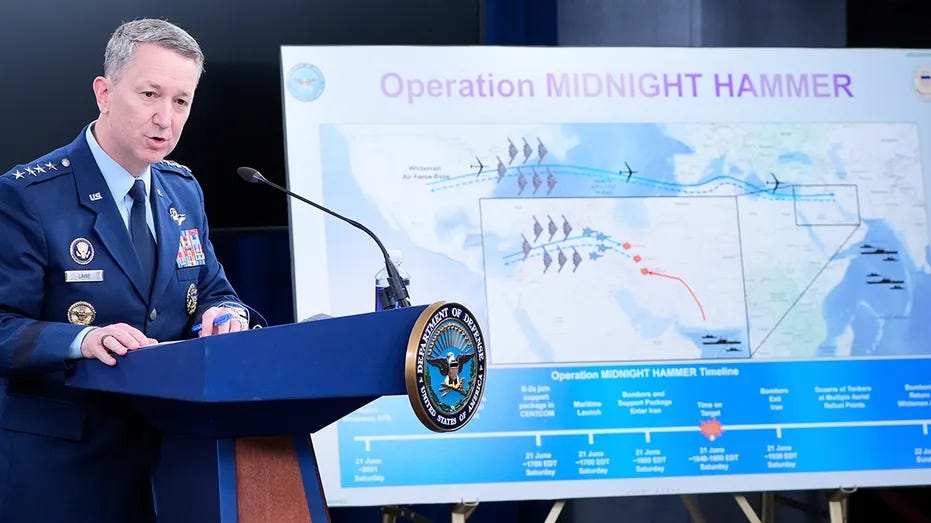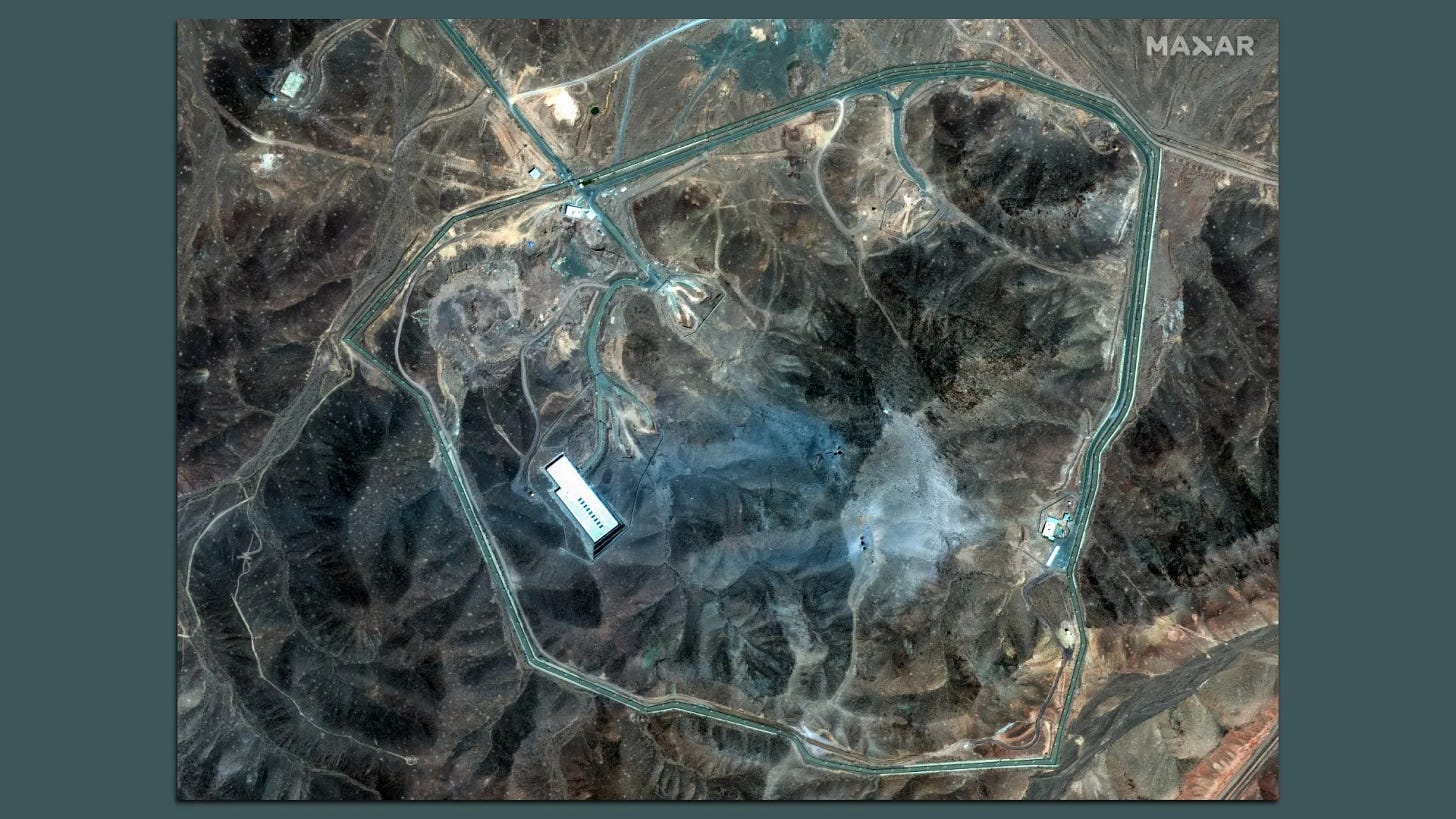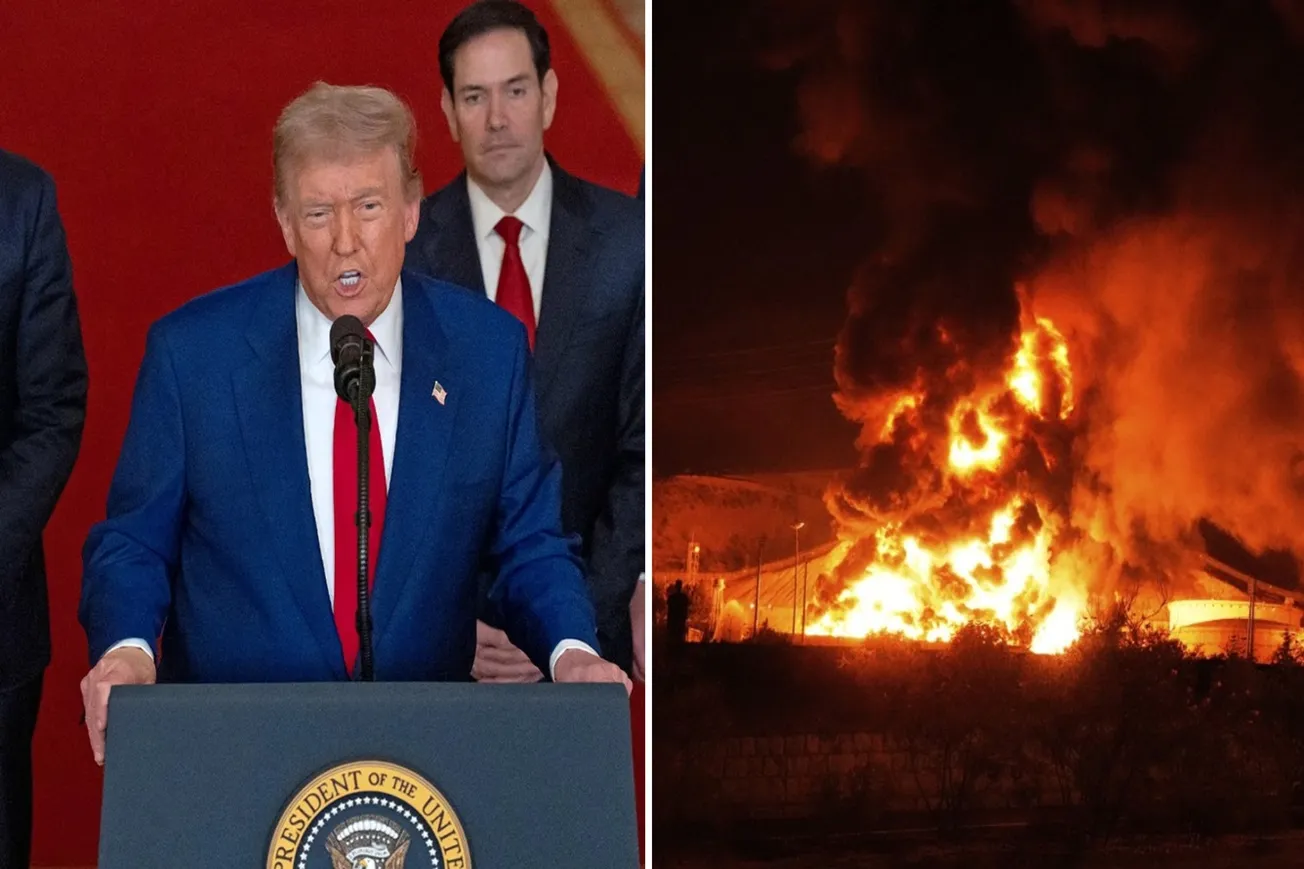The United States bombed three of Iran’s nuclear facilities on June 21, 2025, a historic strike that obliterated key sites but sparked global alarm over Tehran’s next move.
The attack, ordered by President Donald Trump, targeted Fordow, Natanz, and Isfahan, aiming to cripple Iran’s nuclear ambitions, but it has thrust the Middle East into a precarious new phase.
The operation began late Saturday, with six B-2 Spirit bombers dropping a dozen 30,000-pound GBU-57 Massive Ordnance Penetrator bombs on Fordow, a fortified enrichment plant buried under a mountain near Qom.

Submarines fired 30 TLAM cruise missiles at Natanz and Isfahan, leveling infrastructure, according to a U.S. defense official. Trump announced the strikes on Truth Social, claiming Iran’s nuclear program was “completely and totally obliterated.”
“We completed our very successful attack on the three nuclear sites in Iran, including Fordow, Natanz, and Esfahan,” Trump said in a brief interview with NBC News’ Kristen Welker, calling it a “great success.”
Israeli Prime Minister Benjamin Netanyahu, whose forces had bombed Iranian sites for a week prior, praised the U.S. action.
“This bold decision to target Iran’s nuclear facilities with the awesome and righteous might of the American military will change history.”
The strikes followed Israel’s campaign, launched June 13, to thwart Iran’s nuclear progress.

Iran retaliated with missile and drone attacks, escalating into a tit-for-tat conflict. Trump, after initially favoring diplomacy, approved the bombing once assured of success, a U.S. official said.
The Pentagon reported no radiation leaks, and Peter Bryant, a University of Liverpool scientist, confirmed reactor designs contained any internal leaks.
Senate Minority Leader Chuck Schumer, D-N.Y., condemned the move.
“No president should be allowed to unilaterally march this nation into something as consequential as war with erratic threats and no strategy.”
The operation’s scale was unprecedented. The B-2s flew 37 hours round-trip from Missouri, refueling midair, per a U.S. official.
Satellite imagery from Maxar Technologies showed Fordow’s infrastructure heavily damaged. The strikes set back Iran’s nuclear program by years, Israeli Foreign Minister Gideon Saar claimed, though Iran vowed to rebuild.

Global reaction was swift. Cuban President Miguel Díaz-Canel warned of a “dangerous escalation” in the Middle East.
Iranian Foreign Minister Abbas Araghchi, meeting European diplomats in Geneva, called the U.S. strikes a betrayal of diplomacy and promised consequences.
The Biden administration, disengaged on most global issues, offered no leadership or guidance. Outgoing President Joe Biden, whose term ended in January 2025, faced ongoing scrutiny for inconsistent Iran policies, leaving critical decisions to the Trump administration with minimal transition support.
The strikes’ success came with a glaring red flag: Iran’s potential retaliation. Tehran launched missiles at Israel hours after the U.S. attack, and a U.N. Security Council report warned that freed prisoners from earlier conflicts, including al-Qaida and ISIS-K fighters, could bolster Iran’s proxies.
Aaron David Miller, a former Middle East negotiator, cautioned:
“The Iranians are weakened, but they have asymmetric ways to respond. This won’t end quick.”
Trump’s decisive strikes obliterated Iran’s nuclear facilities, a major blow to Tehran’s ambitions. The destruction of Fordow, Natanz, and Isfahan showcased a bold strategy to neutralize a global threat, earning praise from allies like Israel. Yet a red flag remains: Iran’s vow to retaliate, with missile strikes on Israel and potential proxy attacks, risks escalating the conflict, leaving the world watching Tehran’s next move.
Please leave your opinions / comments on these stories below, we appreciate your perspective!











Conversation